Learning by doing, my experience with the care of an Orchid Cattleya Violacea
Greetings dear readers, today I want to show you this generous Orchid plant that embellishes and adorns our small garden with its beautiful flowers, at least twice a year. Its scientific name is Cattleya Violacea and its natural habitat is the entire Amazon region. Here in Venezuela it is known as "Cattleya Superba del Orinoco" and according to what I was able to investigate it was discovered around 1800, in the expedition made by Humboldt and Bonpland to the Orinoco River.

This plant that has been with us for about 5 years, came very small, it could be said that it was a baby plant, brought it to our house from Puerto Ordaz, my husband's aunt as a gift for my mother-in-law, he told us, he bought it in an exhibition of orchids that they made in that city.


In our garden it adapted and evolved relatively well, despite being very hot and receiving direct sunlight, practically throughout the day, that is because this sub-type of orchids loves heat and light. solar, in fact, in its natural habitat, although it is found in the margin of the rivers, where it can take advantage of the humidity that is generated by the evaporation of the water, normally they are found climbing in the biggest trees, looking for the warmth and the sunlight.


Regarding the care, as I mentioned in my welcome post, I'm really empirical about it, the irrigation is usually in the early hours of the morning, at least, that the day has been very hot, in which case, I repeat Irrigation in the afternoon when the sun is already lowering. In this work my husband helped me a lot @amart29, since, due to the daily activities, I often did not have time or forgot to water them, then, some time ago (when it was economically feasible), he installed me in the garden , a semi-automatic irrigation system, consisting of many tiny sprinklers located at roof level, these spray water in the form of sprinkling during the time it is established, in a controller, connected to the water tap, this simulates a very rain , very soft, is more, I love to sit and watch while they are watering because it resembles the mist.


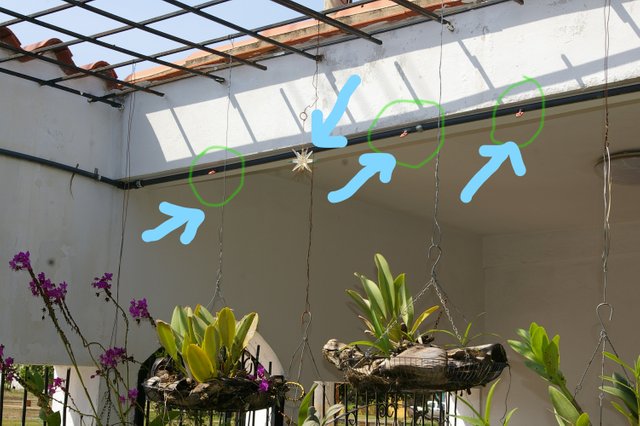

With regard to fertilization, because like all Venezuelans, I have been very affected by the terrible crisis that hangs us, every day more, and that covers all levels, especially the economic, currently I am unattainable acquiring fertilizers, on the other hand, it is also almost impossible to find them in the Venezuelan market, for those reasons, what I have chosen, is to put what in Venezuela is called coffee eras, I explain, after preparing coffee the waste that remains in the filter of the coffee machine, I am placing it in a container and the days when I have gathered an amount that I consider sufficient, I sprinkle a little on each one of the plants, that has turned out to me, in fact, some plants that they had never bloomed, they already did, of course, I still have some that refuse to flourish, but at least they are still alive, and as the saying goes, "while there is life, there is hope".


The substrate, in the particular case of this plant, is a mixture of pieces of rotten logs, charcoal, clay balls and bits of anime, the idea is that the water drains quickly, but retaining some moisture, so use materials porous; What is not recommended, is that the water is left impoverished, because the roots will tend to rot.

Now, I want to share with you a recommendation, which I did when I started ... when planting an orchid plant, this should be well attached to the support, I usually tie them with pieces of copper wire, which I normally take from a piece of old electric cable, to hold them should be tight so that it does not move, but at the same time, they must be careful that the ties do not press the roots as much, because they can damage them.

My last recommendation is that they have a lot of patience, the orchids are extremely whimsical and to be able to prosper they must first go through a period of adaptation, which can last in some cases up to years, but one day they will reward your perseverance and take care of the wonderful gift of your flowers.

I hope you liked my story, however, I want to emphasize that I am not an expert, rather, I consider myself a neophyte in the subject, my intention is only to show you my experiences in the care of my orchid plants. For now I say goodbye to you, but it is only one until soon, as soon I will return to show you another of my plants and tell you how my experience with her has been.

The photographs were taken with a Pentax * istDL camera, with a Pentax 18-55 lens and natural lighting.
If you liked my publication, support me with your


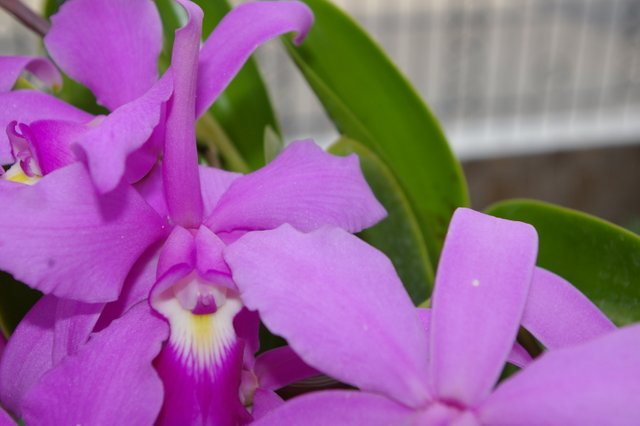
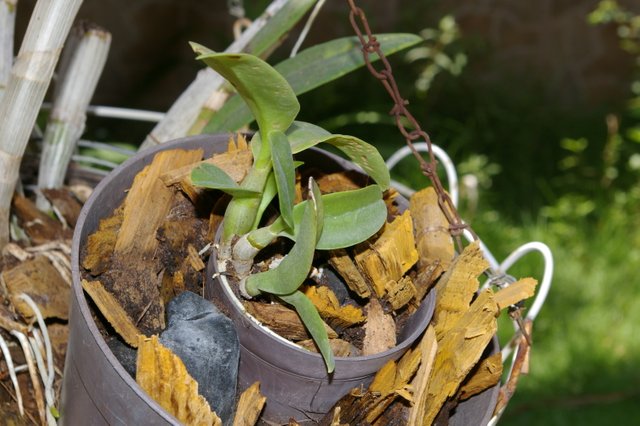
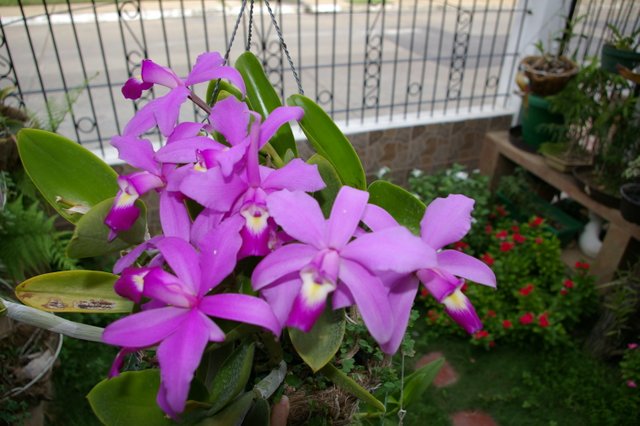
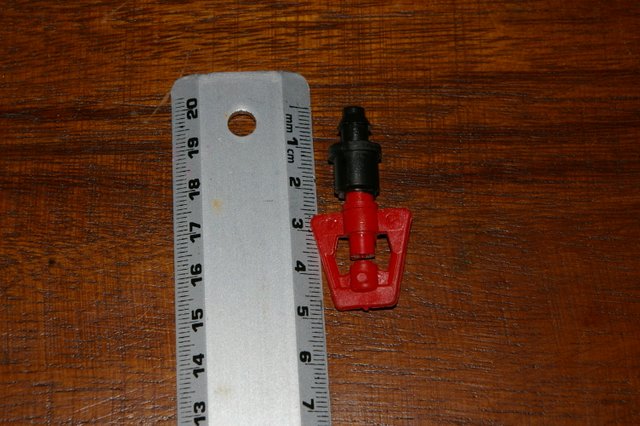
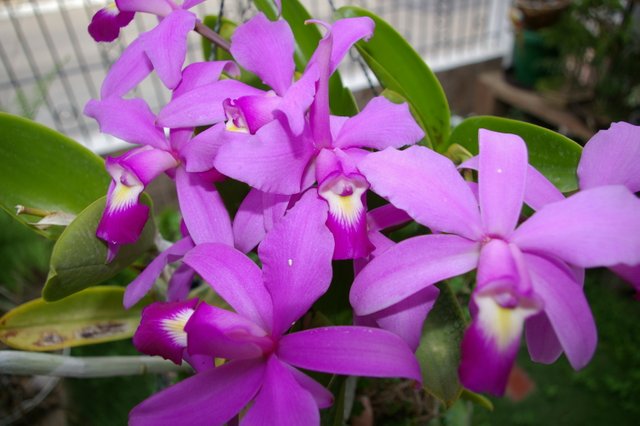
Congratulations! This post has been upvoted from the communal account, @minnowsupport, by francyrios75 from the Minnow Support Project. It's a witness project run by aggroed, ausbitbank, teamsteem, someguy123, neoxian, followbtcnews, and netuoso. The goal is to help Steemit grow by supporting Minnows. Please find us at the Peace, Abundance, and Liberty Network (PALnet) Discord Channel. It's a completely public and open space to all members of the Steemit community who voluntarily choose to be there.
If you would like to delegate to the Minnow Support Project you can do so by clicking on the following links: 50SP, 100SP, 250SP, 500SP, 1000SP, 5000SP.
Be sure to leave at least 50SP undelegated on your account.